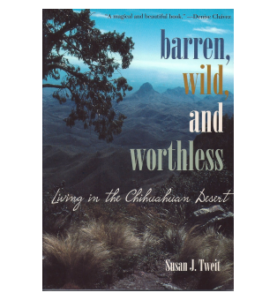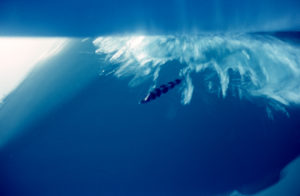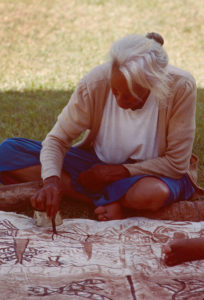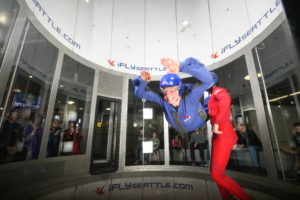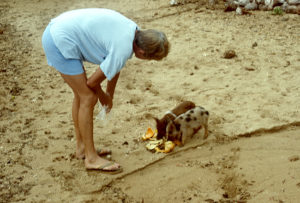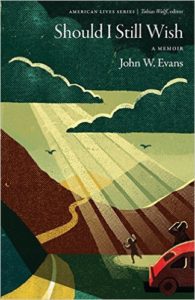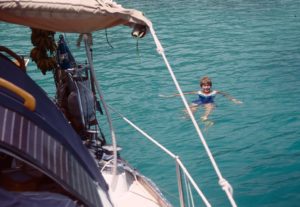No one can bring a barren desert alive like Susan J. Tweit. But what appears to be a barren wasteland isn’t. In Barren, Wild and Worthless: Living in the Chihuahuan Desert, Tweit explains in fascinating detail what appears to be a worthless expanse, really is vibrant with all manner of life. But you have to know what to look for and when you’re apt to see it.
North America’s largest desert, the Chihuahuan spreads 175,000 square miles in northern Mexico and southwest United States. Most of the Chihuanhuan Desert is in Mexico with fingers reaching into Texas, New Mexico and Arizona. Although the desert is not known for its beauty, when observed close up, magic is revealed. A variety of birds flit from creosote bush to bush, jackrabbits seek succulent plants, wildflowers and cactus bloom into magnificence with the slightest bit of rain. In the cool of the night, many desert inhabitants come to life. Bats, owls, scorpions, termites, snakes, rats and mice, to name only a few, scurry around prowling for food. Plants, too, adjust to desert harshness with blazing hot days and freezing cold nights, but will eventually show their splendor.
The author describes an intriguing little amphibian, the spadefoot toad, that remains underground for long periods of time, surfacing when it rains, and collecting moisture through its skin.
Educated as a botanist, Susan J. Tweit views the desert scientifically. Tweit, her husband, who taught at New Mexico State University, and daughter lived in Las Cruces, New Mexico while writing this book. Her first impression was disappointment in their bleak surroundings, but she soon began looking closer and learning about her new home.
The Chihuahuan Desert wasn’t always like it is today. Humans have changed the landscape with their large ranches and overgrazing cattle, beaver trapping, diverting water for farm crops, and grizzlies hunted to extinction. Tweit emphasis the importance of cooperating with nature, respecting the land, and taking only what is needed. Cooperation instead of competition benefits both man and nature.
Barren, Wild and Worthless gave me a lot to think about. I’ll view so-called wasteland differently and treat it with more respect. The book also gave me some chuckles, with the author’s view on the desert’s inhabitants and their means of survival.
To learn more about the author, visit http://susanjtweit.com/


